For years, I’ve heard the advice to change my passwords every few months. But is this necessary these days? I’ve found that the conventional password wisdom is outdated—and might even be making your accounts less secure.

The Old School Approach No Longer Makes Sense
We’ve all heard it before—change your passwords every month or two to keep your accounts secure. This advice has been drilled into our heads by IT departments, security blogs, and even government agencies for decades. I used to follow this and update all important passwords on a rotating schedule.
But here’s the thing: this approach is fundamentally flawed. When people are forced to change passwords frequently, they tend to create variations of their old passwords or use simpler ones that are easier to recall. I’ve caught myself doing this too—adding a “1” to the end, then a “2” next time, making my passwords technically different but not actually more secure.
Security experts now recognize that frequent mandatory password changes often lead to weaker security practices, not stronger ones. The National Institute of Standards and Technology (NIST) actually reversed its recommendation on periodic password changes, but somehow it hasn’t reached everyone yet.
If you’re not already using a password manager, it’s time to get on board. Password managers have many practical uses and store all your credentials securely, so you don’t have to rely on memory or patterns that hackers can exploit.
I used to rely on Google Password Manager, but privacy concerns pushed me to seek an alternative like Proton Pass, which has become my new favorite password manager due to its open-source transparency.
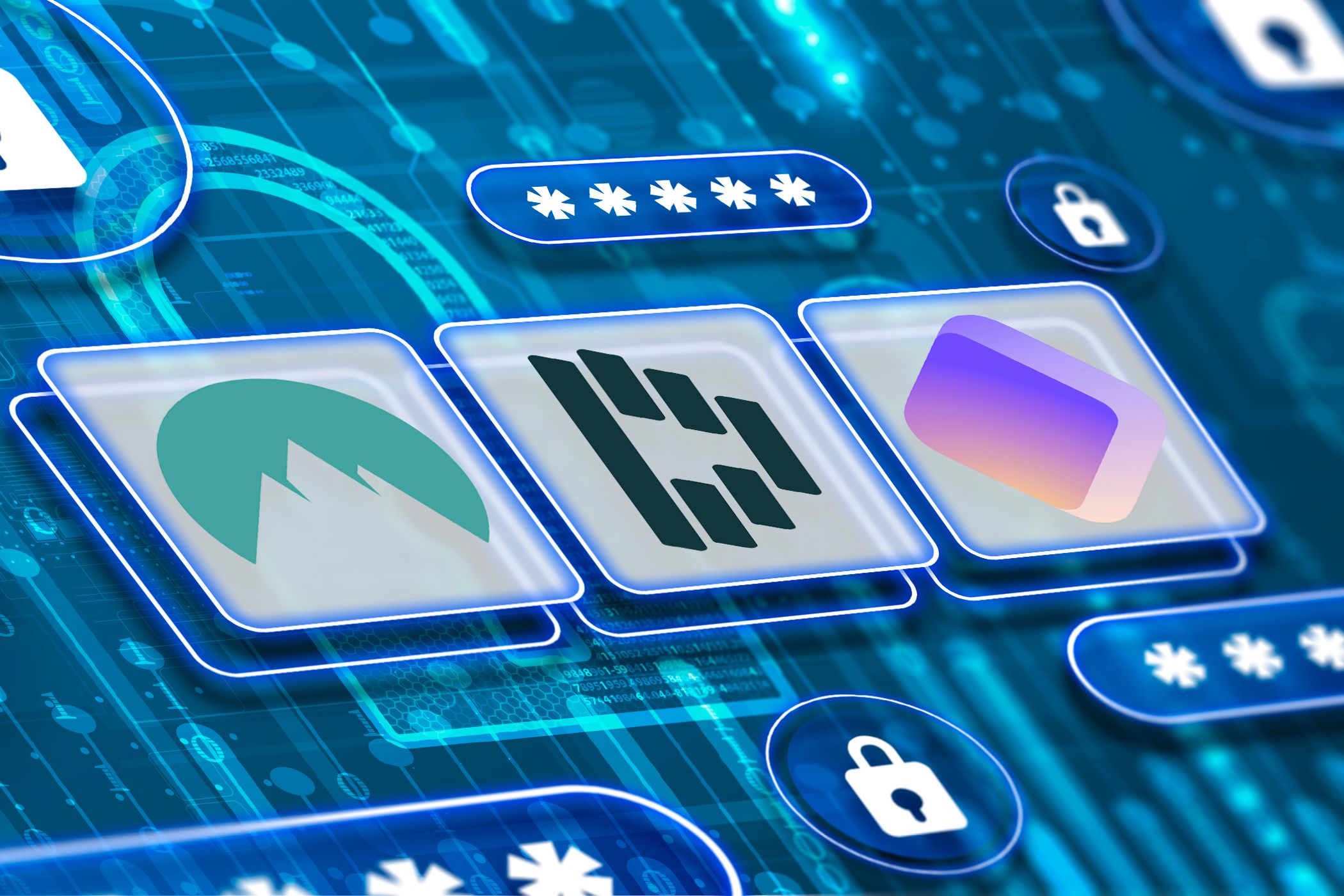
Related
NordPass vs. Dashlane vs. Proton Pass: What’s the Best Password Manager?
When it comes to password managers, these are the best options.
Why You Shouldn’t Change Secure Passwords Regularly
The problem with changing secure passwords regularly is that it solves the wrong issue. If your password is truly strong and unique—think a long, random string of characters that you’ve never used elsewhere—changing it doesn’t actually improve your security much, if at all.
When we constantly change passwords, we introduce human error into the security equation. In the past, I’ve been locked out of my accounts more times than I care to admit after changing to a new password and immediately forgetting it. This frustration leads many people to choose convenience over security.
When organizations require frequent password changes, employees tend to choose passwords that follow predictable patterns. These patterns are well-known to hackers, making them potentially less secure than using a strong password for a longer period.
Password managers have built-in password generators that allow you to create unique, strong passwords. But if you don’t use one, consider using web-based password tools to create strong passphrases instead.
Only Change Your Passwords in These Specific Scenarios
Instead of changing your passwords on some arbitrary schedule, I now focus on specific triggers that warrant a password update. This approach is not only more practical but also more effective for keeping my accounts secure.
After a data breach is probably the most obvious time to change your password. If a service you use announces that it has been compromised, don’t wait—change that password immediately. You can use the password monitor in your password manager to look for any compromised credentials.
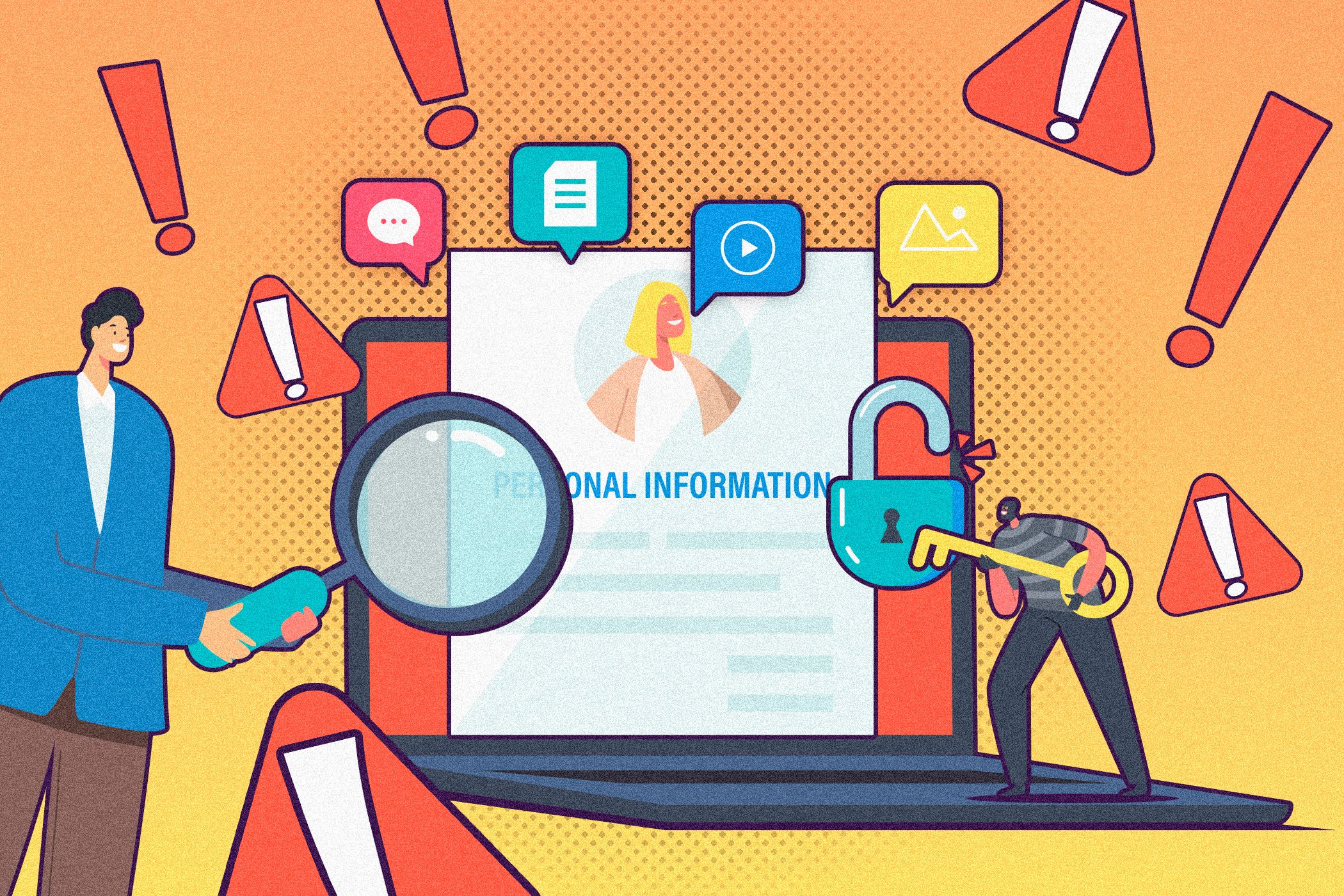
Related
If You’re Affected By a Data Breach, Here’s How You Protect Your Credit Rating
Protecting your identity and credit rating is vital after your data is breached.
When you’ve shared your password with someone else, even temporarily, it’s time for a change. Whether it was with a family member for Netflix access or a coworker for a shared account, once that access is no longer needed, update your password.
If you’ve been using unsecured public Wi-Fi without a VPN (i.e., it didn’t require a password to access the internet), it’s a good idea to change the passwords for any accounts you accessed during that session. Public networks can be hunting grounds for hackers, so I make it a habit to update sensitive passwords after traveling and using Wi-Fi at hotels or cafes.
Suspect your device has malware? That’s cause for a password refresh. Before making any changes, though, run a thorough malware scan and clean your system; otherwise, your new passwords may be compromised immediately.
If you’re still using the same password across multiple sites (please stop!), change them to unique passwords as soon as possible. A good password manager with these must-have features makes this process much easier, allowing you to generate and store unique, complex passwords for every service.
Instead of Changing Your Password, Do This Instead
Rather than obsessing over changing your passwords every few months, there are more effective strategies to keep your accounts secure. These approaches give you peace of mind without the constant hassle of remembering new credentials.
Use a password manager—seriously, this changed everything for me. You think you could keep track of everything yourself, but that isn’t easy. Password manager generates complex, unique passwords for every site, and I only need to remember one master password. Most password managers use AES-256 encryption, and it’s been genuinely liberating. But you should look for one that has never had a data breach because the popular LastPass has been hacked multiple times.
Enable two-factor authentication (2FA) wherever possible. This additional security layer means that even if someone somehow gets your password, they still can’t access your account without the second factor (usually your phone or 2FA authenticator apps). I’ve set this up for all my financial accounts, email, and social media, and it can catch all suspicious login attempts.
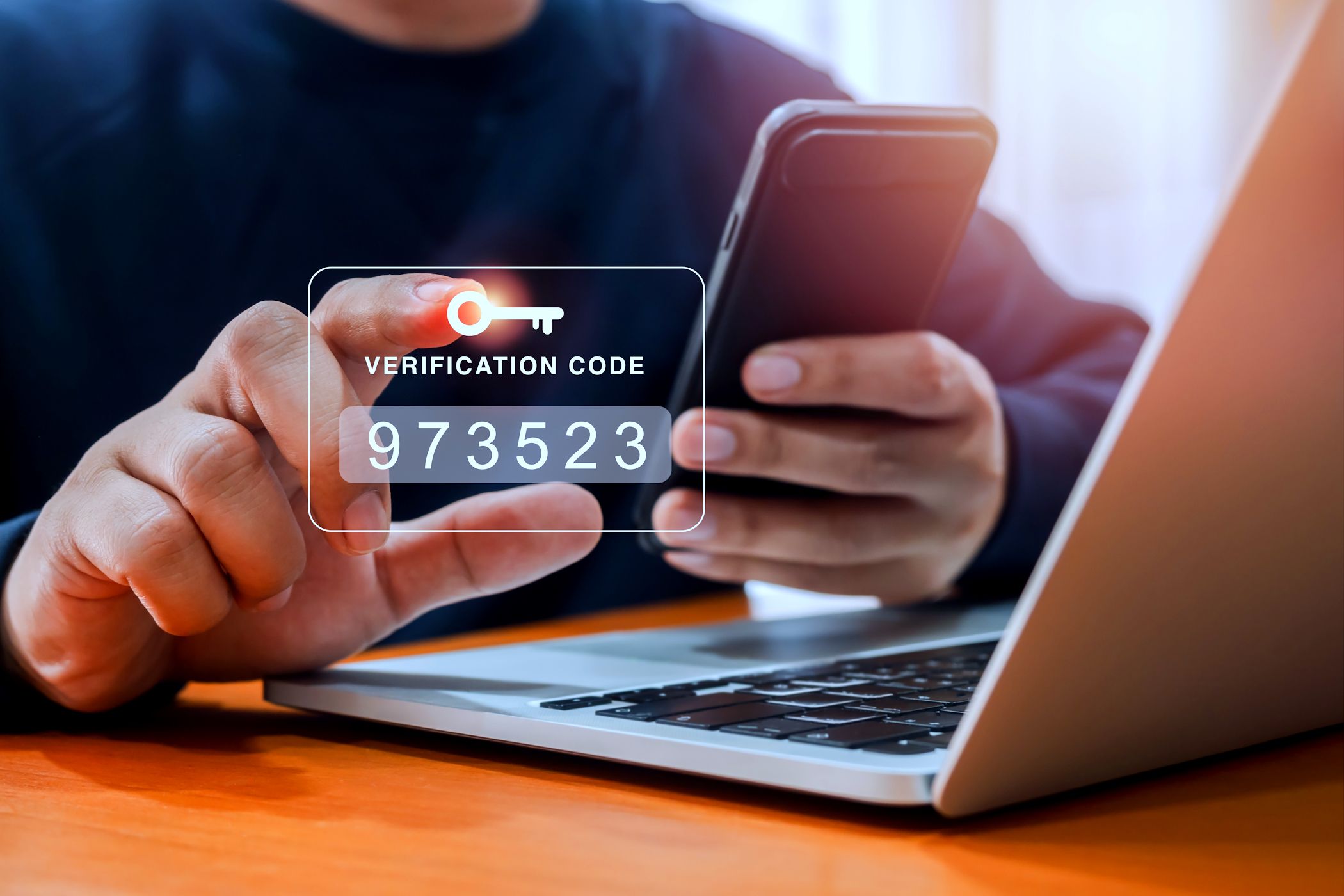
Related
Why I Don’t Use SMS for 2FA (and What I Use Instead)
SMS 2FA is handy, but it’s not the most secure way to protect your accounts—thankfully, there is a handy alternative.
Use biometric authentication when available because a fingerprint is much harder to steal than a password. While not perfect, biometrics add a convenient security layer that doesn’t require you to remember anything. This is a must-have for both banking apps and password managers.
Another thing to practice is keeping your devices and software up to date, as many breaches occur through known vulnerabilities that have already been patched. Don’t delay updates for weeks, as the security patch you’ve been putting off can prevent a security issue that a simple change would have made your passwords more secure against.
Be vigilant about phishing attempts, too. No password system can protect you if you willingly give your credentials to attackers. I’ve gotten eerily convincing fake emails from attackers pretending to be “banks” and “delivery companies” that can almost fool anyone. Now I never click links in emails for sensitive accounts—I manually navigate to the site instead.
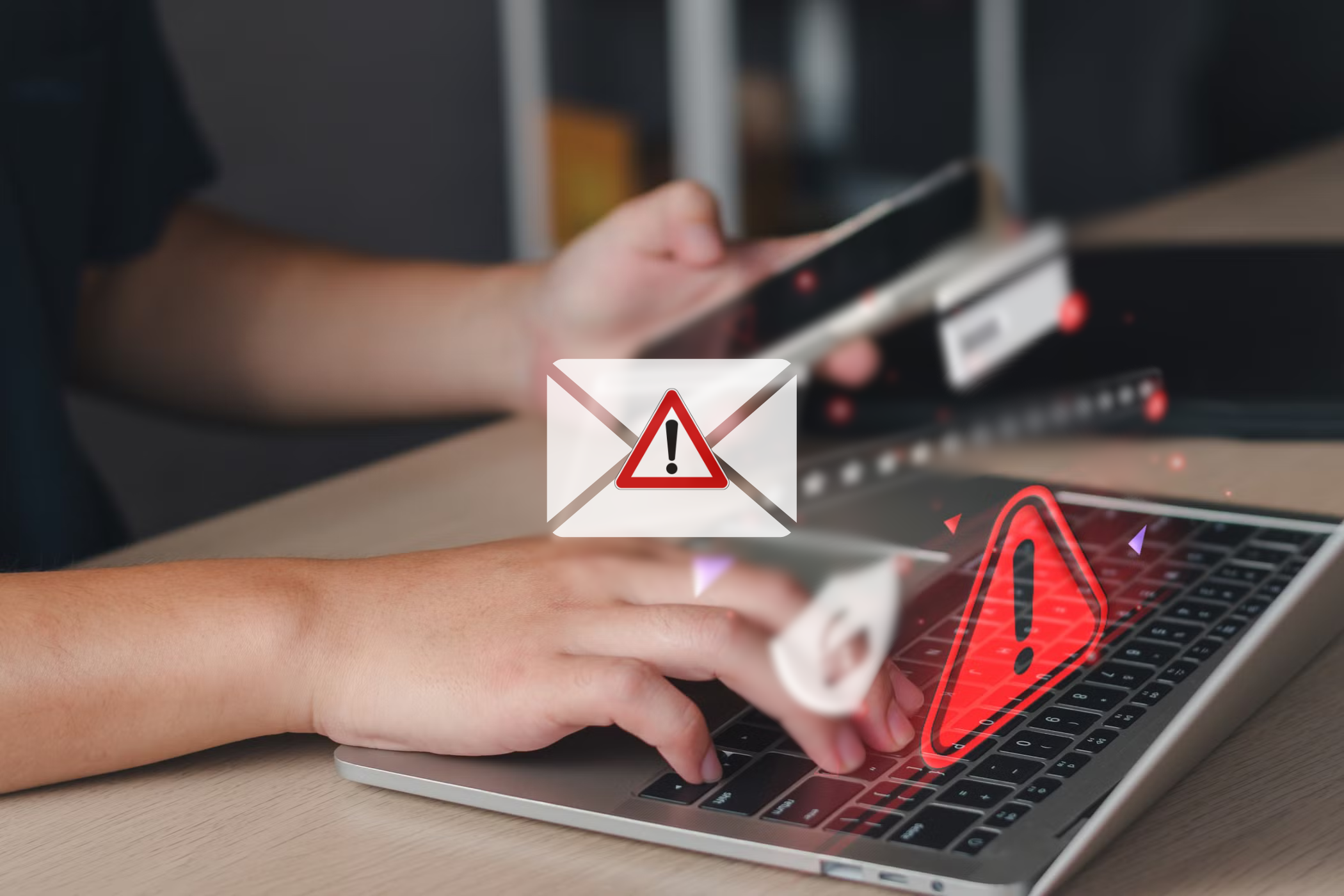
Related
Use These 5 Rules to Block Phishing Emails From Your Inbox
Phishing emails flooding your inbox? Fight back with these simple rules.
Start using passkeys where available. This authentication method is beginning to replace traditional passwords entirely. You can use them with several major services. There are security differences between passwords and passkeys, but passkeys are both more secure and more convenient than passwords. The technology is still rolling out, but it may be the future of authentication.
Remember, the goal isn’t frequent password changes, it’s creating a security system that’s resilient against actual threats while remaining practical enough that you’ll stick with it. That’s the real password strategy that works.


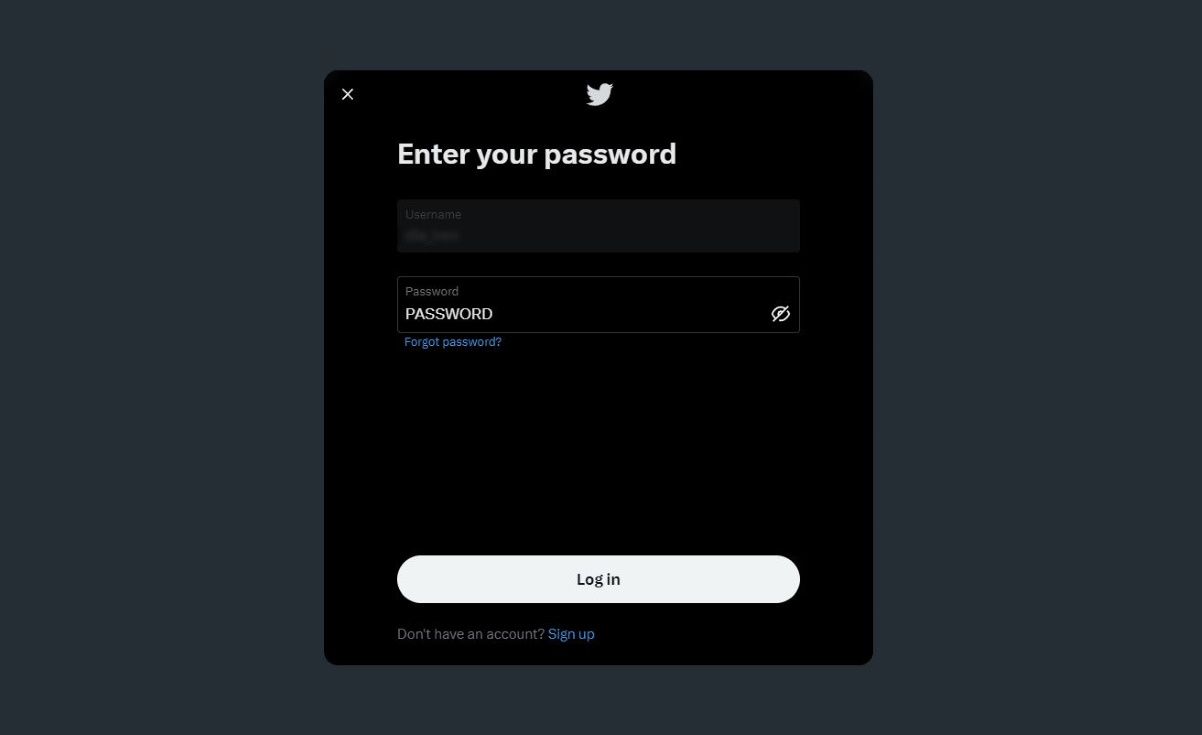
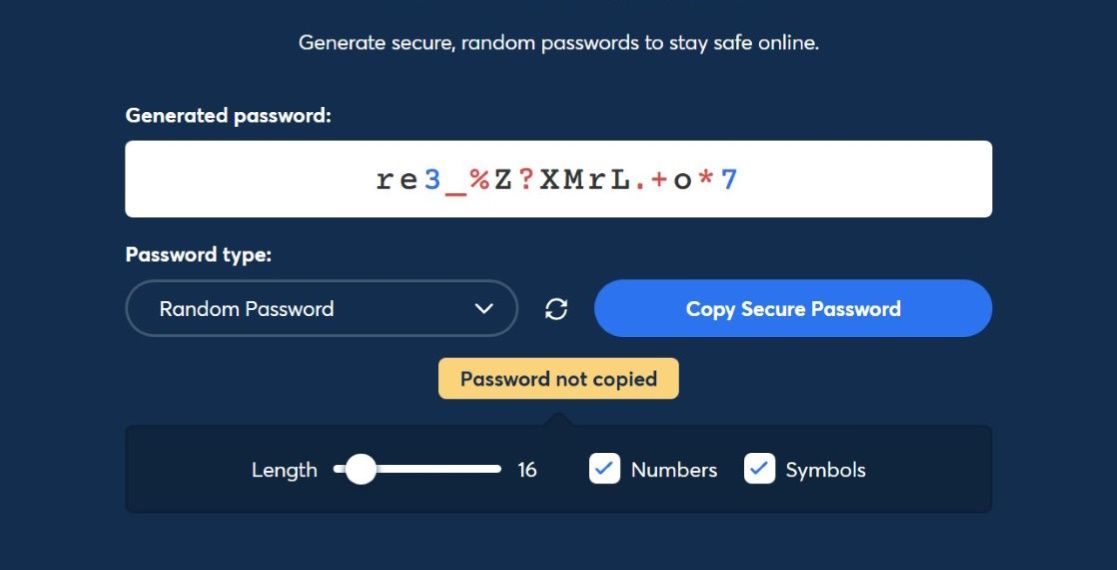







:max_bytes(150000):strip_icc()/twoku-twtich-roku-app-2053432b763a40d788ef726974d9ed2a.png?w=1174&resize=1174,862&ssl=1)
Leave a Comment
Your email address will not be published. Required fields are marked *